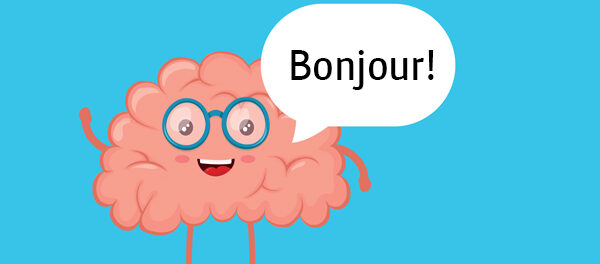Looking to Exercise Your Brain? Learn a Language!

As the world continues to become increasingly interconnected, multilingualism is becoming less of a luxury and more of a norm. Understanding and speaking another language does more than facilitate communication; it can actually change how your brain works and, ultimately, make you a more well-rounded person. It’s not just about being able to say “bonjour” when in France and “buongiorno” while in Italy, but rather a chance to exercise long-dormant brain networks, think more creatively, and see the world differently.
The 2022 U.S. Census Bureau reports that about 21.6 percent of people in the U.S. (one in every five people) speak a language other than English at home. This number is behind European countries, where 63 percent of the population speaks at least one foreign language. This phenomenon is due to immigration, yes, but also to students learning two or three languages during their primary education. There are no federally mandated foreign language learning requirements for American students, leaving states and schools to fend for themselves. In fact only three states (New York, New Jersey, Michigan, and Washington D.C.) have high-school language requirements.
“Being monolingual is actually not the norm. People in other parts of the world speak several languages and dialects,” says Cécilia Jourdan, a French language educator and language learning consultant at Hello French and a cofounder of creative agency J&P. In her pool of about a hundred students over ten years in New York City, Jourdan has noted that because English is such an internationally accepted language, people don’t feel a requirement or necessity to learn another language. And yet, learning another language teaches so much more than grammar and vocabulary, or how to ask for directions while traveling abroad.
Excerpted from Real Simple













